1. Comfortable air conditioning: The air-conditioned room meets the requirements of people's lives, and the air parameters of the room are controlled by the comfort requirements of the human body.
2, process air conditioning; also known as constant temperature and humidity air conditioning, so that indoor air temperature, humidity, air flow speed, cleanliness and other parameters are controlled within a certain range to meet the requirements of the production process.
3. Cooling capacity: The heat absorbed by the low-pressure side refrigerant in the evaporator during the cooling operation of the air conditioner. The common unit is W or KW.
4. Heat pump heat generation; When the air conditioner performs heat pump heating operation (heat pump auxiliary electric heater should be operated at the same time), the heat is sent into the confined space, room or area per unit time.
5. Coefficient of performance: The ratio of the amount of refrigeration (heat) generated in the refrigeration (heat) cycle to the power consumed by refrigeration (heat) is the coefficient of performance. When it is cooled, it is called the energy efficiency ratio, and it is expressed by EER: it is called performance when heating. Coefficient, expressed in COP.
6. Refrigerant: Refrigerant is the working medium that completes the refrigeration cycle in the refrigeration system. The refrigerant absorbs the heat of the cooled object in the evaporator and evaporates, transferring heat to the surrounding air in the condenser or Water is condensed into a liquid. The chiller achieves the purpose of refrigeration by means of the state change of the refrigerant.
7. Coolant: The brine is the intermediate medium used to transport the cold in the indirect refrigeration system. The brine is cooled by the refrigerant in the evaporator and sent to the cooling equipment for cooling to absorb the cooled object or environment. The heat is returned to the evaporator and re-cooled by the refrigerant, so that it circulates continuously to achieve the purpose of continuous refrigeration.
8. Fan coil: It is a heat exchange equipment commonly used in central air-conditioning systems. It consists of finned tubes and fans. When the refrigerant flows through the fan coil (inside the tube), it exchanges heat with the air at the tube to cool the air. The coil is an air cooling device.
9. Water-cooled chiller: The water-cooled chiller belongs to the refrigeration unit part of the central air-conditioning system. The coolant is water, called the chiller, and the cooling of the condenser is realized by the heat exchange and cooling of the normal temperature water. Water-cooled unit. Compared with the water-cooled unit, it is called air-cooling unit. The condenser of the air-cooling unit is cooled by forced air exchange with the air at the room.
10. Cooling tower; special equipment for cooling water by means of air, generally installed at the top of the building. In many industries such as refrigeration, electric power, chemical industry, etc., the hot cooling water discharged from the condenser and other equipment passes through The cooling tower is used after cooling.
11, VRV system: is the abbreviation of Variable Refrigerant Volume system, namely refrigerant flow variable system. The form is a group of outdoor units, which consists of a function machine and a constant speed machine and a frequency conversion machine. Through the parallel outdoor unit system, the refrigeration tube can be concentrated into one pipeline system, and the capacity of the indoor unit can be conveniently selected according to the matching of the capacity of the indoor unit from 122.5 to 1.5KW, that is, the maximum number of outdoor units. 30 indoor units can be connected. The indoor unit has a ceiling embedded, wall-mounted, floor-standing, and the like. Different types of indoor single units can be connected to a single refrigeration circuit and can be individually controlled. The indoor single unit has a minimum capacity of 0.6 kW and a maximum of 3.75 kW. The capacity of the indoor unit can be adjusted within 50% to 130% of the outdoor unit capacity.
12. Modular machine: Developed on the basis of the VRV system, in 1985, it was invented and patented by the Australian JF Group. It changes the traditional Freon pipeline into a waterway system, combining indoor and outdoor units into a refrigeration unit, and the indoor unit is changed to a fan coil. The heat exchange of the brine water is used to realize the refrigeration process. The modular machine is named because it can automatically adjust the number of starting units according to the cooling load requirements and achieve flexible combination.
13. Piston type chiller; Piston type chiller is an integral type of refrigerating unit for cold air conditioning purposes, which is a compact assembly of piston refrigeration compressors, auxiliary equipment and accessories required for the refrigeration cycle. The piston chiller has a single unit cooling from 60 to 900 kW, which is suitable for medium and small projects.
14. Screw-type chillers; Screw-type chillers are large and medium-sized refrigeration equipment that provides chilled water. It is commonly used in air conditioning for defense research, energy development, transportation, hotels, restaurants, light industry, textiles, etc., as well as chilled water for hydropower projects. The screw chiller is a complete refrigeration system consisting of a screw refrigeration compressor unit, a condenser, an evaporator, and an automatic control unit and instrument. The utility model has the advantages of compact structure, small volume, light weight, small occupied area, convenient operation and maintenance, and stable operation, and thus has been widely used. Its single unit cooling capacity is from 150 to 2200 kW, suitable for medium and large projects.
Ferric Chloride Hexahydrate is an ideal chemical to treat heavily organic-polluted raw water as well as low-temperature and low-turbidity, low-temperature and high-turbidity water.
Advantage of Ferric Chloride hexahydrate:
1. Ferric chloride has good flocculation effect,can be used in the activated sludge dehydration.
2. Ferric chloride can generate discrete and close-grained floc and sedimentate quickly, it also have good sedimentation effect in low temperature water.
3. It has low solubility, adapts a wide applicable PH range. Used as filter aid can greatly improve the effect of turbidity removal.
4. Ferric chloride is an important kind of water treatment agent and have remarkable effect when used in waste water of high turbidity.
Factory standard
AR
Factory standard
Factory standard
Factory standard
(Appearance)
Yellow brown
Yellow sand
Yellow hemisphere
(FeCl3.6H2O)
≥99.0%
≥96.0%
≥99.5%
≥99.0%
(Insolubles in water)
≤0.01%
≤0.01%
≤0.01%
≤0.01%
(HCl)
≤0.10%
≤0.10%
≤0.10%
≤0.20%
(SO42-)
≤0.01%
≤0.01%
≤0.01%
≤0.01%
(NO3-)
≤0.01%
≤0.01%
≤0.01%
≤0.01%
(PO43-)
≤0.01%
≤0.01%
≤0.01%
≤0.01%
(Mn)
≤0.02%
≤0.004%
≤0.004%
≤0.02%
(Cu)
≤0.005%
≤0.002%
≤0.002%
≤0.005%
(Fe2+ )
≤0.002%
≤0.002%
≤0.002%
≤0.002%
(Zn)
≤0.003%
≤0.002%
≤0.002%
≤0.005%
(As)
≤0.002%
≤0.005%
≤0.005%
≤0.001%
(Unprecipitate by NH3)
≤0.10%
≤0.10%
≤0.10%
≤0.30%
(Pb)
≤0.001%
≤0.001%
≤0.001%
(Cr)
≤0.004%
≤0.004%
(Al)
≤0.001%
≤0.001%
(Ni)
≤0.002%
≤0.002%
(H2O)
≤3%
The examination iterm
HG/T3474-2000
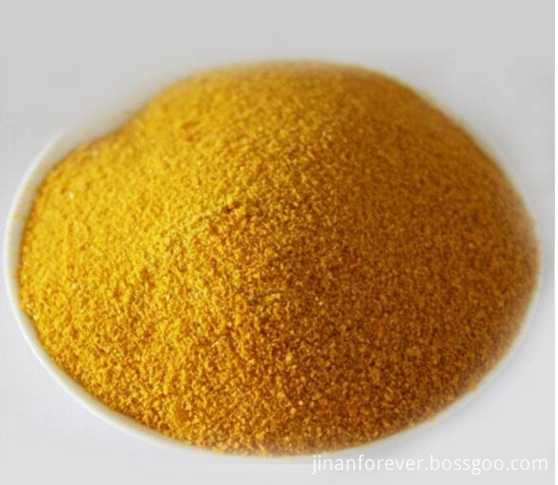
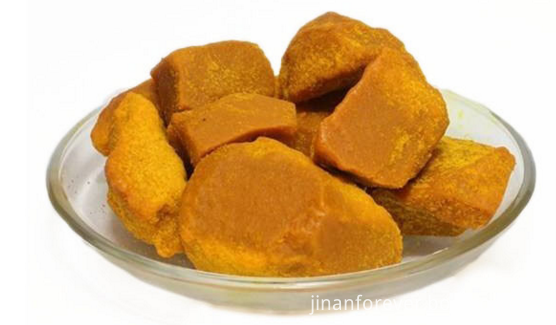
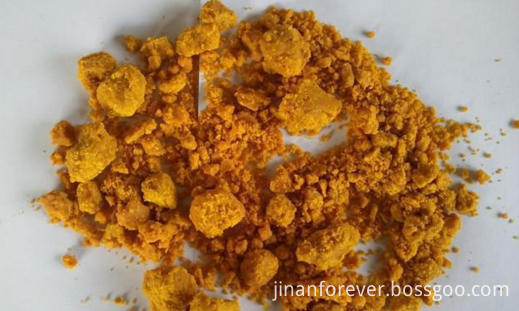
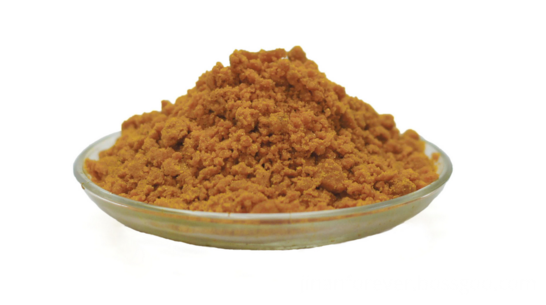
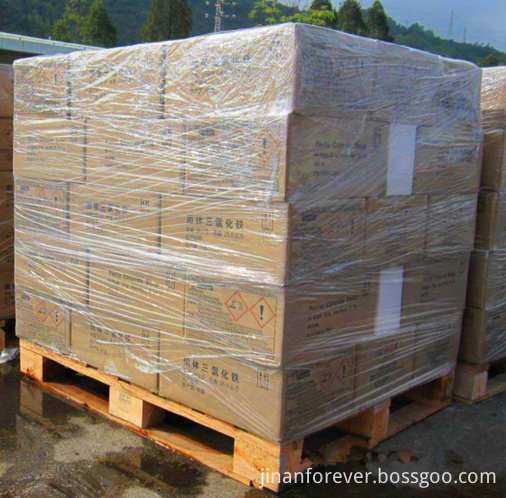
Ferric Chloride Hexahydrate
Ferric Chloride Hexahydrate,Iron Ii Chloride Hexahydrate,Ferric Chloride,FeCl3·6H2O,CAS No. 10025-77-1
Jinan Forever Chemical Co., Ltd. , http://www.jinanforever.com